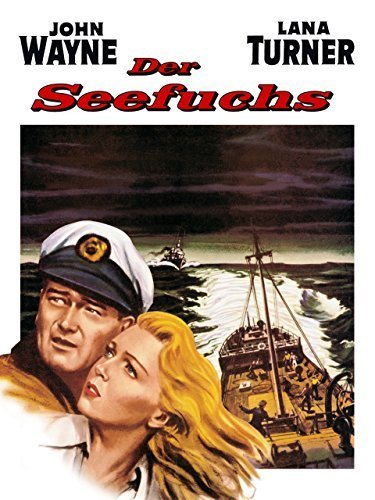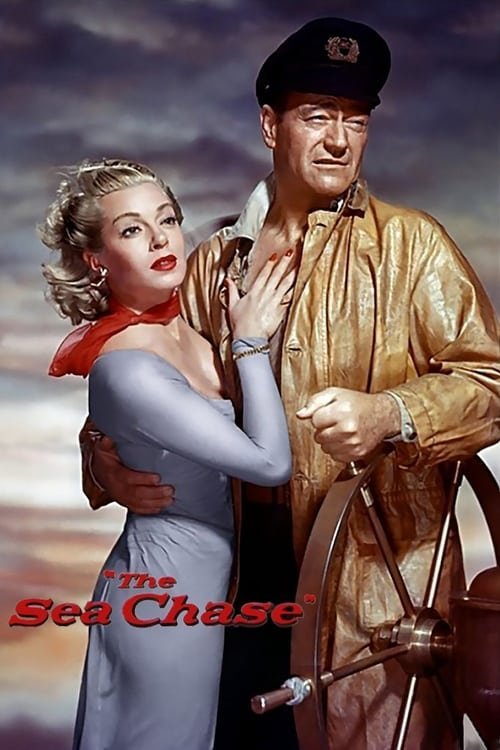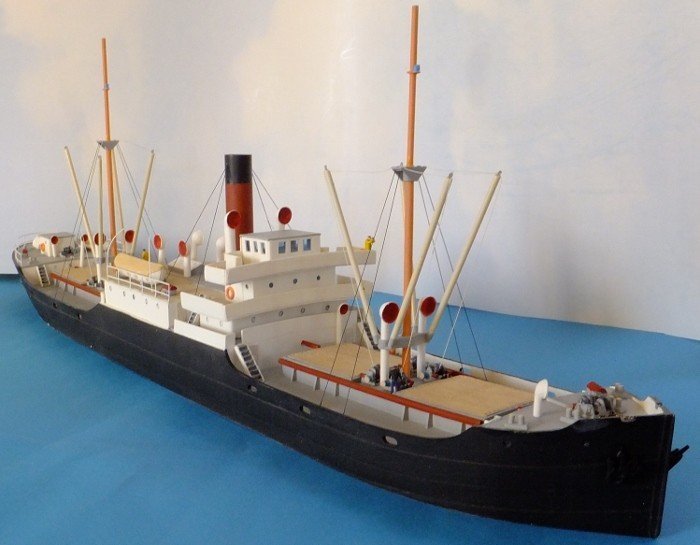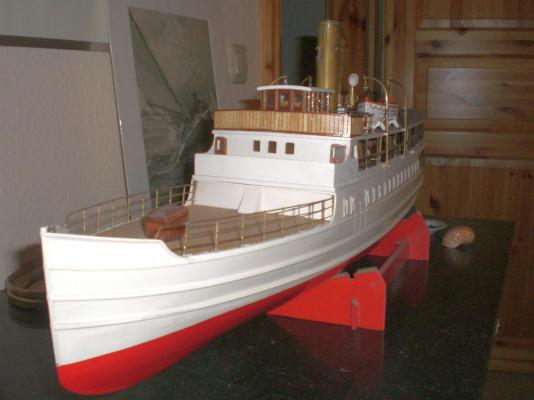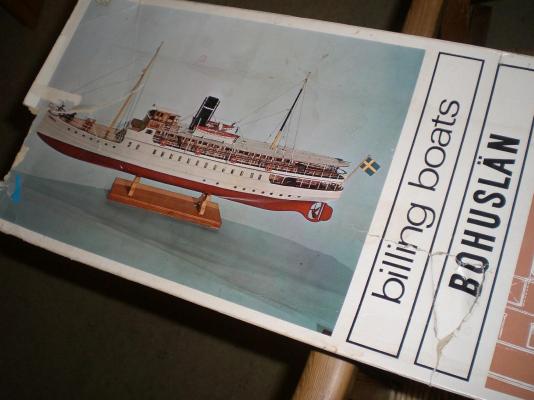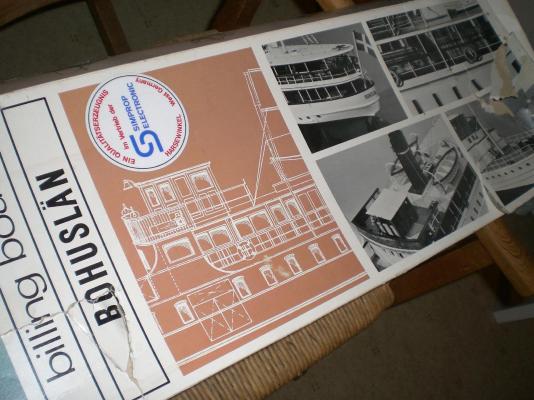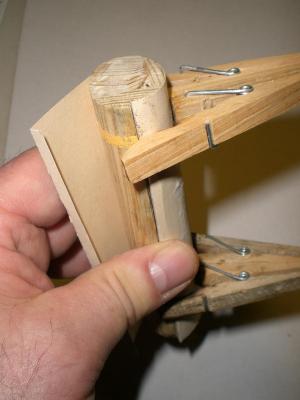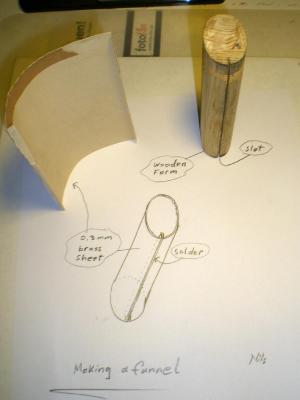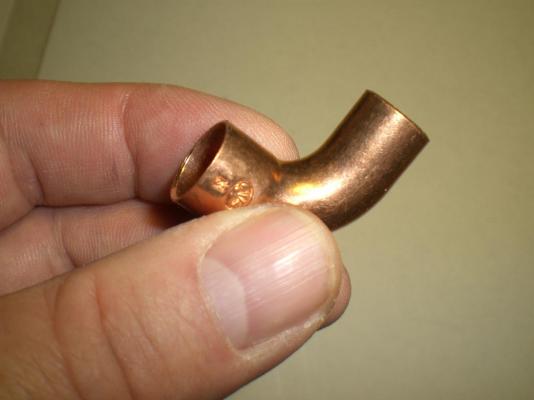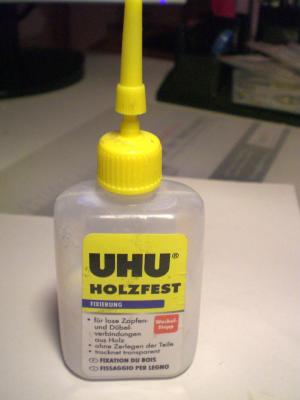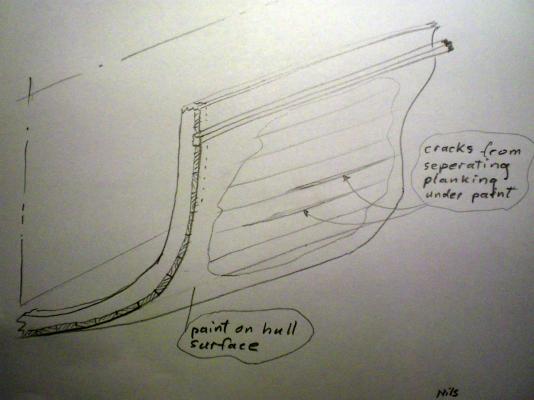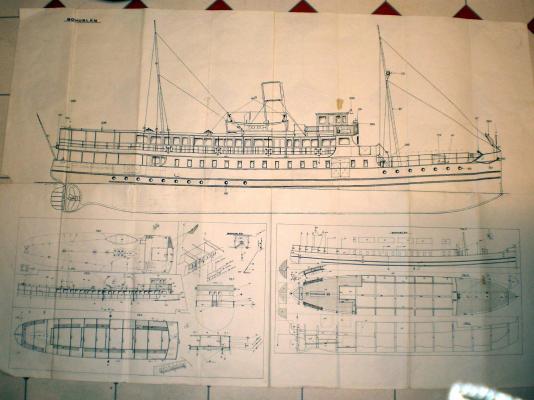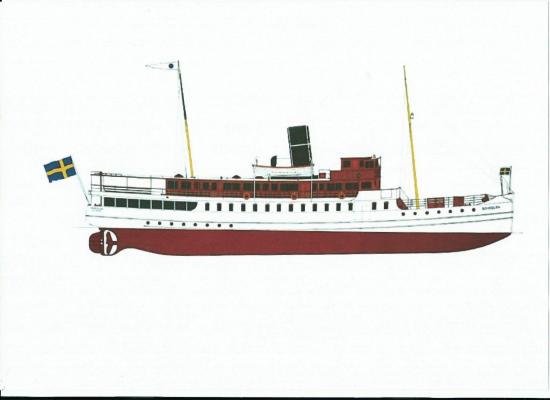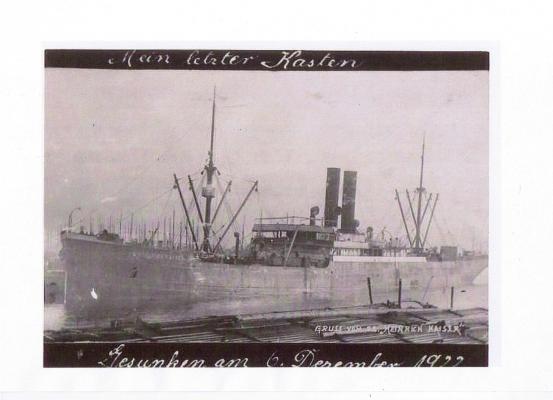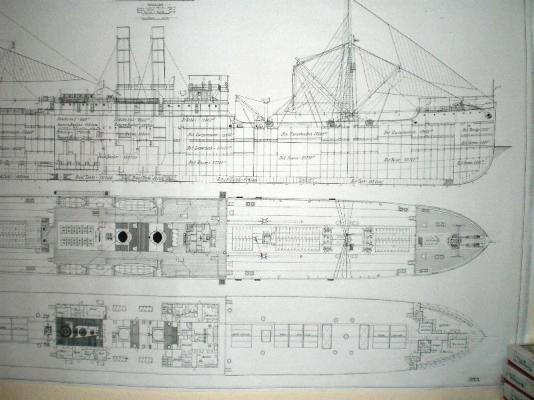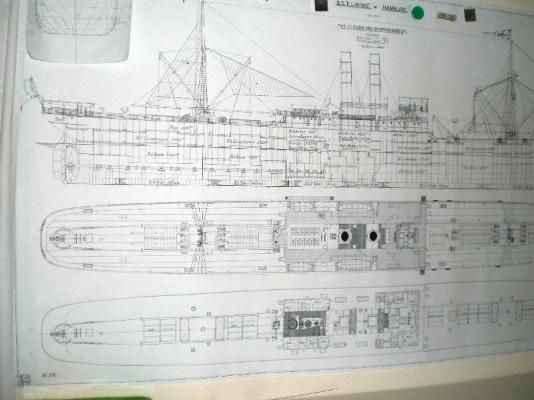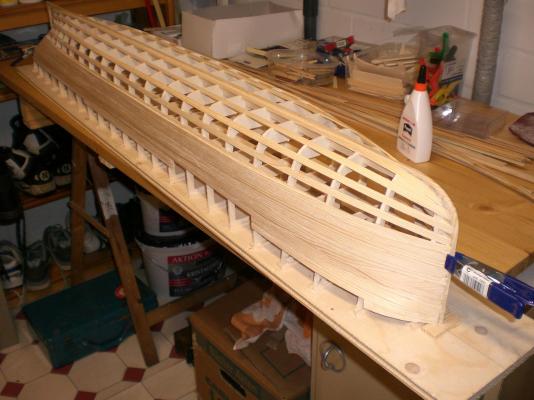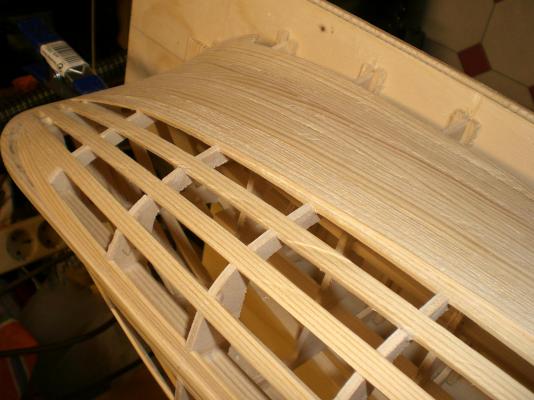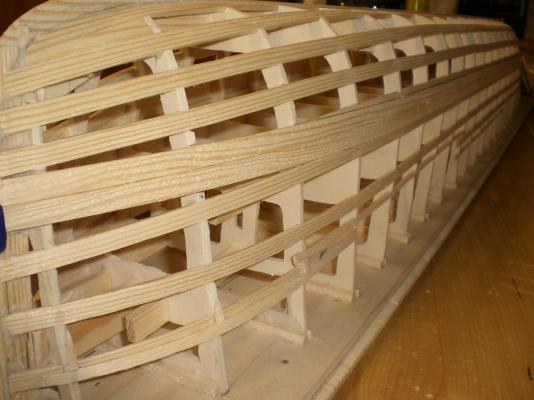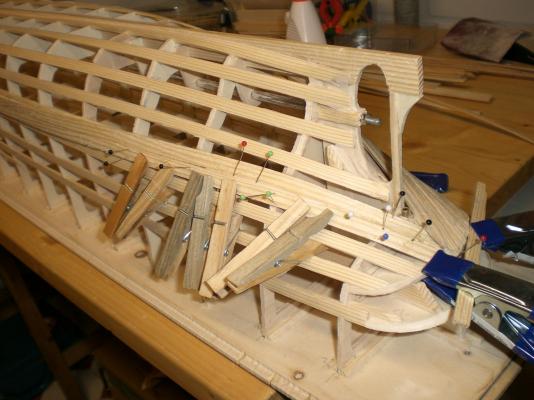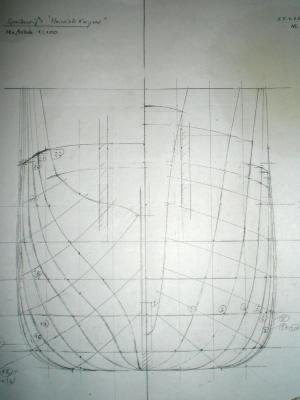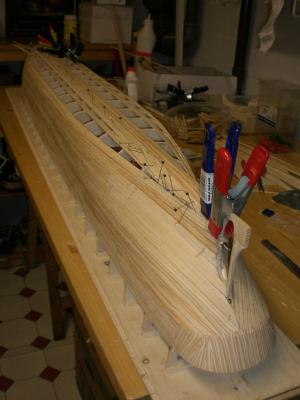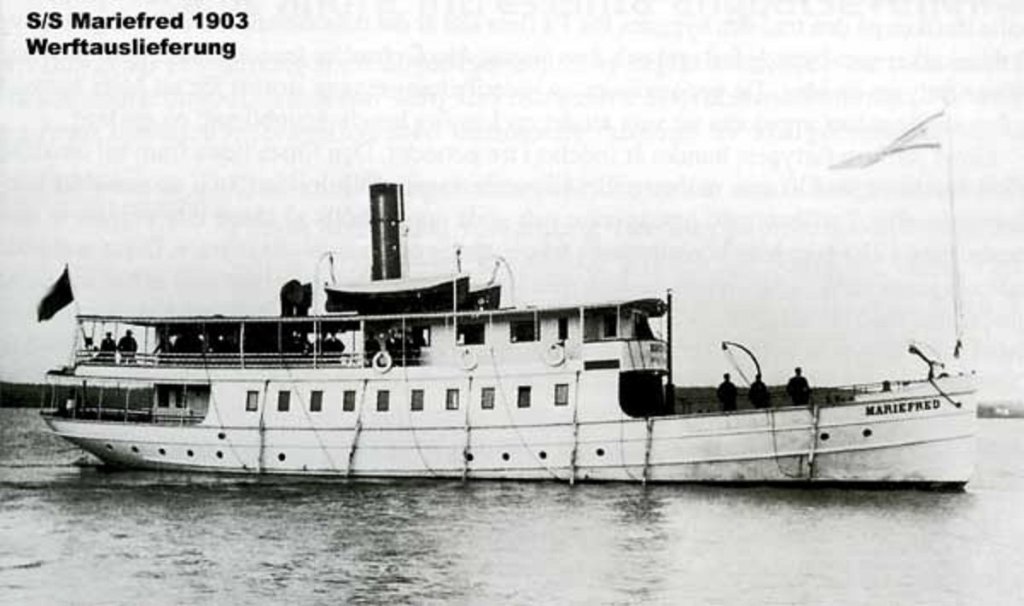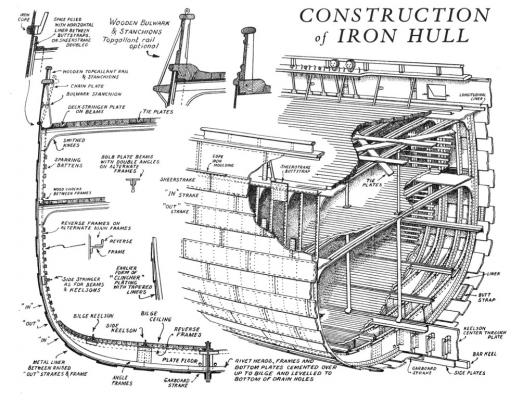Search the Community
Showing results for tags 'Steamship'.
-
I`ve just kicked off my new project, It`s a tramp Laker Steamship based on an 3 island superstructure and on a real appr. 2150 tonnage freighter built in 1918, now in (H0) scale 1: 87. Who still remembers the Warner Bros movie "The Sea Chase" of 1955 staring John Wayne in the roll of capt. Ehrlich of the ERGENSTRASSE and Lana Turner as an attractive female agent as the only passenger. I investigated and found out that the Laker ship "Corsicana" aka "Margaret Shafer" had been engaged for the movie in 1955, hereby renamed to ERGENSTRASSE. For my model I used the Corsicana`s data for the Ergenstrasse rating and for hull, frameplan and general shapes those of a wooden Ferris-Ship of the American emergency fleet, being round about the length, width and depth an tonnage of the Laker Corsicana . The movie ship was fitted with the following changes compared to the Corsicana : - Masts changed from four to two, these placed in the forward and aft welldeck areas - Outer bridge ends fitted with wing cabs My model will be performed completely from scratch and in the same way as my previous models and bearing a rivited metal plating skin Data for model ERGENSTRASSE scale 1:87 (H0) Length 87 cm width 15 cm depth 7 cm I decided to fit 23 plywood frames, and to provide stringers and pine plank strips beneath the metal plating The model will set up on 2 brass pedestals and wooden stand baseplate Nils This is the Corsicana, built 1918 This is the steamship ERGENSTRASSE aka Corsicana aka margaret Schafer Captain Ehrlich aka John Wayne This is a pic from the web representing a laker steam freighter, not my model
- 330 replies
-
SS BOHUSLÄN swedish live museum steamer, scale 1:50 by Nils Langemann This model is already completed Introduction to this Build log This already completed model was built with many interruptions out of the (long time out of production) Billing Boats Kit, but without the separate available fittings kit. The still running actual steamer, homeport Gothenburg, is operated by the Historic Swedish Steamboat Society, and is proudly knifing her way through the many Swedish archipelaqgo waters of the Swedish Bohuslän-County of the westcoast in the sommer months of the year for passengers and all steamship enthusiasts. Some data: Built 1914 at Eriksberg Mekaniska Verkstad, build N°. 166, Gothenburg, Sweden as flagship for Marstrand Shipping Co, 12 knots, 304 tons Engine 3-fold steam expansion engine, 700 Psi, 3 oil fired boilers Fast coastal passenger steamer, since 1966 as actual and live operating museum ship The model The 87 cm long model in plank on frame make (single planking) and is representing the early look like provided by the kit, but also some kit-bashing features like metal plating of the hull, metal funnel, vents and masts. The whole top deck is removable allowing access to the inside, where I had fitted an electric motor, power supply and RC control devices. After launching and RC controlling it first time, the decision was made, to change it to a static model, after the fine mahagoni planking had suffered cracks under the paint due to being submerged in the waterand splashwater getting in. The model was initially built without metal plating in the beginning, but later on, and after the model was sitting a long time idle and forgotten taking on dust on a cupboard I needed a trial object to practice the intended plating procedure for another model, when the “Heinrich Kayser” steamer was under construction, so the Bohuslän was my very first prototype metal plated ship. At that time the models progress was revived to life again and finalized. In all it must have been two years building duration in total. Much to my regret I have no documented pictures of the building sequences before the pictures shown here start, simply because I had no digital camera at that time. The first pictures are showing the hull as it looked like without plating. Also the bowpost was fixed then for a more 1914 like straight down nostalgic look. The nice little clinker planked (on frames) lifeboats are actually small built models of their own. Enjoy the build log Nils Build log part 1 the White triangle flag with the blue ball is that of the Historical Swedish Steamboat Society This overview plan came with the kit I still have the old box (just for the Picture) the Billing Boat Bohuslän kit was distributed by Simprop Electronics of course I could`nt wait to Launch her to the near Pond for RC controlled maiden voyage, The complete top deck is removeable, no bulleyes fitted yet, and still it was not a good idea to get her in contact with the Ponds water. Thats when her build was set forth as a static model the funnel sheet was formed around a wooden template the Card sheet acted as a template for 0,3 mm brass sheet mini 90° elbows were used to make the vents from many portions of the Mahagoni planking started to crack apart beneath the painting (somehow moisture got into the Wood) after sanding those Areas, I used this thin viscosity creep-glue for the cracks. One could realy watch it creeping into the cracks and then curing out transparent and hard. After sanding over everything was fixed again. Build log part 2 to follow Nils
- 70 replies
-
Steamship Heinrich Kayser Introduction to this build log, by Nils Langemann The steamship Heinrich Kayser was launched in 1898 baptized to its birthname „Elbing“ and was one of the typical new fast merchant vessels built for the D.A.D.G. (Deutsch Australische Dampfschiffahrts Gesellschaft) shipping company at the FSG shipyard in Flensburg, northern Germany. It served the trade route Europe via Cape of Good Hope or via Suez Canal and the red sea and across the Indian Ocean to several Australian Ports together with her sister ships on regulary basis for many years. After WW1 and in compliance with the Treaty of Versailles demands the Elbing went under command and management of a british shipping controller, from which the “Elbing” was bought back again by the Hamburg based Kayser & Sohn shipping Company in 1921, which renamed the vessel to “Heinrich Kayser”. In 1922 my grandfather was appointed as the master in command on its last fatal voyage from England to the US eastcoast, down to Florida and back touching Norfolk Virginia as last port and thereafter went down with all aboard her in a heavy full gale and with broken rudderchain and broken hatchcovers. The last SOS radio signals came from position of the New England Seamount Chain, some 500 miles off the US eastcoast where the Atlantic is 5000m deep. No survivers, not a trace was ever found. This type of ship was a mere cargo steamer of 5600 tons, which may have been able to accommodate 2-3 passengers, midships. The Heinrich Kayser was capable of cruising at max. of 12 knots with her twin-boiler arrangement in tandem setup, and having appr. 20 firemen (stokers and heaters), working in shifts to keep the boilers at pressure accordingly. I built this model, which is already completed to date, after a shipyard overview plan in honor to my grandfather and all its 43 souls crew and three passengers. It is only a couple of weeks ago that per incidence, and 91 years after that foundering, on a raised web forum thread I was able to take up contact with an american lady, who`s great grandmother as well as her great aunt have been on board the Heinrich Kayser at that time and lost their lives as passengers way back in 1922 The build log shall comprise probably 21 individual parts due to limit of pics per post, and shall document all building sequences in pictures. Comments, questions, etc. shall be welcome and answered along with the build log as it grows. The model took me appr. 1800 manhours to build over 2 years including the search for a plan, new modeling techniques like metal- plating /”riveting”, soldering, glass-case making, all trials, etc. The fully completed model can be viewed in my album (steamship Heinrich Kayser) under topic : Gallery of completed scratch built models Have fun and enjoy whilst studying this oldtimer steamer of 1898 in its buildup Nils Here it Begins..... Build log part1 this is one of the ship under its birthname "Elbing" this is one of the very last Pictures of the Heinrich Kayser overview plan frontsection overview plan aftsection stringers and single-layer planking in pine planking under way, propshaft built in Frame plan, self drawn, not included in overview plan planking nearly completed Part 2 to follow....
- 113 replies
-
- heinrich kayser
- steamship
-
(and 1 more)
Tagged with:
-
Mariefred The coal-fired steamship Mariefred was built in 1903 for the trade-Enhörna Stockholm-Mariefred. She has sailed under the same name and with the same steam engine ever since. The vessel has been owned by the same shipping company, Gripsholms-Mariefred Ångfartygs AB since 1905. All this makes Mariefred one of the worldwide unique ships and an indispensable part of Sweden's cultural heritage! Built at South wharf in Stockholm in 1903. Length 32.84 m, width 6.33 m. Coal-fired steam boiler. Speed 10 knots. 230 passengers.
-
Hello "crew"! Dealing with early colliers/coasters I collidated with the question of the thickness of iron (NOT steel) plates - revited on the formers to form the hull. As I'm building in 1/36 I'm forced to give them the very exact and right dimensions... this is the source of my outlandish question. The surviving coasters (S/S Robin, S/S VIC 32, S/S John Oxley or S/S Sir Walter Scott) are all steel hulled - so these information is not very helpfull to me. About the sailing ship iron hull building is said for the 1860s: "The earliest iron hull plates were very small by today's standards, no more than 6 ft by 2 ft 6 in. by approximately 3/4 to 7/8 in. thick, and with about 18 in. frame spacing." Do you know anything about the newcastle iron plates measurements used for steamers in the first half of the 70th? Here a drawing from mcjazz.f2s.com :
-
Hi friends, I came across a book that might be of interest to those who are interested in old steamships, tugs and other port vessels, or simply in ice-breaking itself. Documentation is rare. Here's the review: M. Görz und M. Buchheister Das Eisbrechwesen im Deutschen Reich Reprint der Ausgabe von 1900 (Icebreaking in the German Reich) (Reprint of the book from 1900) This book is a most complete documentation of the ice-breaking business in imperial Germany. Authored by M. Görz and M. Buchheister, both were directors of waterway administration in imperial Germany and therefore experts on ice-breaking business. When this book was compiled, ice-breaking was quite a young shipping discipline: Just for 25 years this bunch of specialised ships was in existence. The German Imperial Reich, by itself just a quarter of a century young, developed to a mighty industrial nation. Steam power and industrialisation did change the structure of the economy in deep and the volume of transportation increased dramatically. Ice on the waterways and in the ports, as was normal since ever, now disturbed the growth of economy, since production went on in summer as in winter times, materials had to be supplied and products had to be delivered. Another aspect of the ice-breaking business is the prevention of severe flooding of the river neighbouring communities due to ice barriers building up. Continuos ice-breaking by ships during the winter time could prevent this. This principle works until today. Germany was united in 1871/72 to a single imperial Reich. Thus centralised, the administration started work on a number of development projects, so the foundation, development and refinement of infrastructure projects throughout the Reich. The objective to keep waterways open for the whole year, could be tackled with the newly developed iron ships with a reliable steam propulsion. It still needed some research on the optimal shape of the hull, especially the bow and the ship‘s construction to withstand the brutal forces of the ice. At first, the book leads through the geographic facts of the rivers and waterways in focus, the technique of ice-breaking to move on to the technical facts of the ice-breaking vessels on the various arenas. In Germany, the waterways showed a wide variety in terms of location, size, ability to serve as a waterway, climate conditions, shipping volume, ports and, finally, the icing conditions: Located in the east of Germany with it‘s harsh winters the Weichsel, Nogat, Memel, Pregel, the port of Danzig and the river Oder. In the north the port of Kiel with the Kaiser-Wilhelm-Kanal (the Kiel canal), the port of Flensburg. In the west the rivers Elbe, Weser, Rhine with the ports of Hamburg, Cuxhaven, Bremen and Bremerhaven, Duisburg. The first chapter is focused on geography and ice-breaking in general, which didn‘t happen exclusively by ships. Especially usage of explosives is given some room, but at the end, long-term minded ice-breaking can only be done by specialised ships. The second chapter focuses on ice-breaking ships in the various scenarios and regions. Information is provided about purchasing, design and construction, specialties, sizes and measures, technical data of the vessels, especially about those: „Eisbrecher I“ (Hamburg 1871), „Eisbrecher II“ (Hamburg 1877), „Hofe“ (Hamburg 1877), „Trave“ (Stettin 1879), „Weichsel“ (Danzig 1880), „Montau“ (Danzig 1882), „Simson“ (Hamburg 1883), „Ossa“ (Danzig 1884), „Ferse“ (Danzig 1884), „Königsberg“ (Elbing 1885), „Stettin“ and „Swinemünde“ (Stettin 1888), „Siegfried“ (Kiel 1888), „Berlin“ (Stettin 1889), „Nogat“ (Danzig 1889), „Möwe“ (Hamburg 1889), „Wal“ (Uebigau n. Dresden, 1889), „Delphin“ and „Robbe“ (Uebigau n. Dresden 1889), „Wodan“ (Bremen 1889), „Lüneburg“ (Hamburg 1890), „Steknitz“ (Lübeck 1891), „Eisbrecher III“ (Hamburg 1892), „Elbe“ (Hamburg 1892), „Eisbär“ and „Walross“ (Stettin 1892), „Widder“ (Stettin 1892), „Molch“ and „Salamander“ (Uebigau n. Dresden 1892), „Donar“ (Bremen 1892), „Schwarzwasser“ (Danzig 1894), „Brahe“ (Elbing 1894), „Prussina“ (Danzig 1894), „Scorpion“ (Uebigau n. Dresden 1895), „Drewenz“ (Schichau 1896), „Welle“ (Danzig 1896), „Schlange“, „Eidechse“ and „Drache“ (Uebigau n. Dresden 1892), „Fribbe“ (Danzig 1898), „Wakenitz“ (Lübeck 1899) The third chapter give insights into operations, effects and costs of an ice-breaker. Besides a view into the economical figures of ice-breaking operations, the authors show various operation profiles ind the various environments (medium river, large river, port, near-shore sea bay). By the documentation of chapters 1 and 3, the reader gains a good insight into the „ice business“. The annex to the book includes reproductions of maps of the mentioned waterways, graphical statistics to climate and ice data, and a number of drawings of some of the mentioned ice-breaking vessels. This is usually a look to the side, from the top, from the bow, some cutaways and a frame line drawing: „Weichsel“ (Danzig 1880), „Ossa“ (Danzig 1884), „Ferse“ (Danzig 1884), „Nogat“ (Danzig 1889), „Schwarzwasser“ (Danzig 1894), „Welle“ (Danzig 1896), „Fribbe“ (Danzig 1898), „Stettin“ and „Swinemünde“ (Stettin 1888), „Berlin“ (Stettin 1889), „Trave“ (Stettin 1879), „Eisbrecher III“ (Hamburg 1892), „Elbe“ (Hamburg 1892), „Hofe“ (Hamburg 1877), „Möwe“ (Hamburg 1889), „Wal“ (Uebigau b. Dresden, 1889), „Delphin“ and „Robbe“ (Uebigau n. Dresden 1889), „Walross“ (Stettin, 1892), „Widder“ (Stettin 1892), „Lüneburg“ (Hamburg 1890), „Donar“ (Bremen 1892), The Maps and technical drawings of the annex could not be reproduced in the original size due to technical reasons. Originally, the vessel‘s drawings are in 1:100 scale. The editor of the reprint offers a service to provide those pages as in the original book size or in a scale specified by the reader: So, if you want to build a model in 1:48 scale, you can order the plans in 1:48 right away. A order form is provided with the book. Super! Summary: The well-known author focused on ice-breaking vessels, Christian Ostersehlte, said it this way: „For the Paris World Exhibition in 1900, the waterway administration directors Görz (Danzig) and Buchheister (Hamburg) issued a big-body book to be a standard documentation about the ice breaking business in Germany. Since many archives (especially in the eastern part of Germany) have disappeared since, this rich designed book for todays historians means a fountain of information about the early history of ice-breaking business in Germany.“ Whoever is interested in the history of waterway shipping, tugs and ice-breakers, especially about steam propelled working-vessels around 1900, should know this book; This documentation is now available in a good reproduction for the own archive. ISBN 978-3-8495-0293-5, hardcover, 308 pp, many images: 250,-€; available in bookshops, internet bookshops or from the reprint‘s editor: Helmut Wedemeyer, Kohlmarkt 22, 25554 Wilster, Germany. (e-mail: info@wedemeyer.de) Image: exemplary drawing #30 - Eisbrecher „Trave“ (editors allowed publication of sample image)
About us
Modelshipworld - Advancing Ship Modeling through Research
SSL Secured
Your security is important for us so this Website is SSL-Secured
NRG Mailing Address
Nautical Research Guild
237 South Lincoln Street
Westmont IL, 60559-1917
Model Ship World ® and the MSW logo are Registered Trademarks, and belong to the Nautical Research Guild (United States Patent and Trademark Office: No. 6,929,264 & No. 6,929,274, registered Dec. 20, 2022)
Helpful Links
About the NRG
If you enjoy building ship models that are historically accurate as well as beautiful, then The Nautical Research Guild (NRG) is just right for you.
The Guild is a non-profit educational organization whose mission is to “Advance Ship Modeling Through Research”. We provide support to our members in their efforts to raise the quality of their model ships.
The Nautical Research Guild has published our world-renowned quarterly magazine, The Nautical Research Journal, since 1955. The pages of the Journal are full of articles by accomplished ship modelers who show you how they create those exquisite details on their models, and by maritime historians who show you the correct details to build. The Journal is available in both print and digital editions. Go to the NRG web site (www.thenrg.org) to download a complimentary digital copy of the Journal. The NRG also publishes plan sets, books and compilations of back issues of the Journal and the former Ships in Scale and Model Ship Builder magazines.


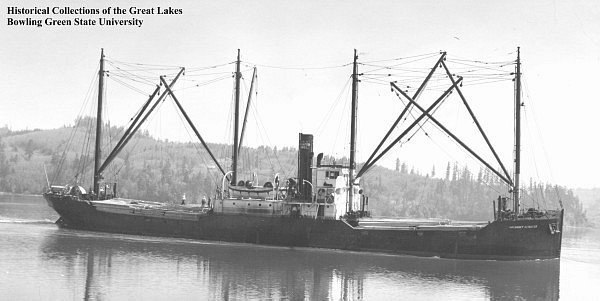
.jpg.02452793f2ce603c16ee87ba54f04c3a.jpg)
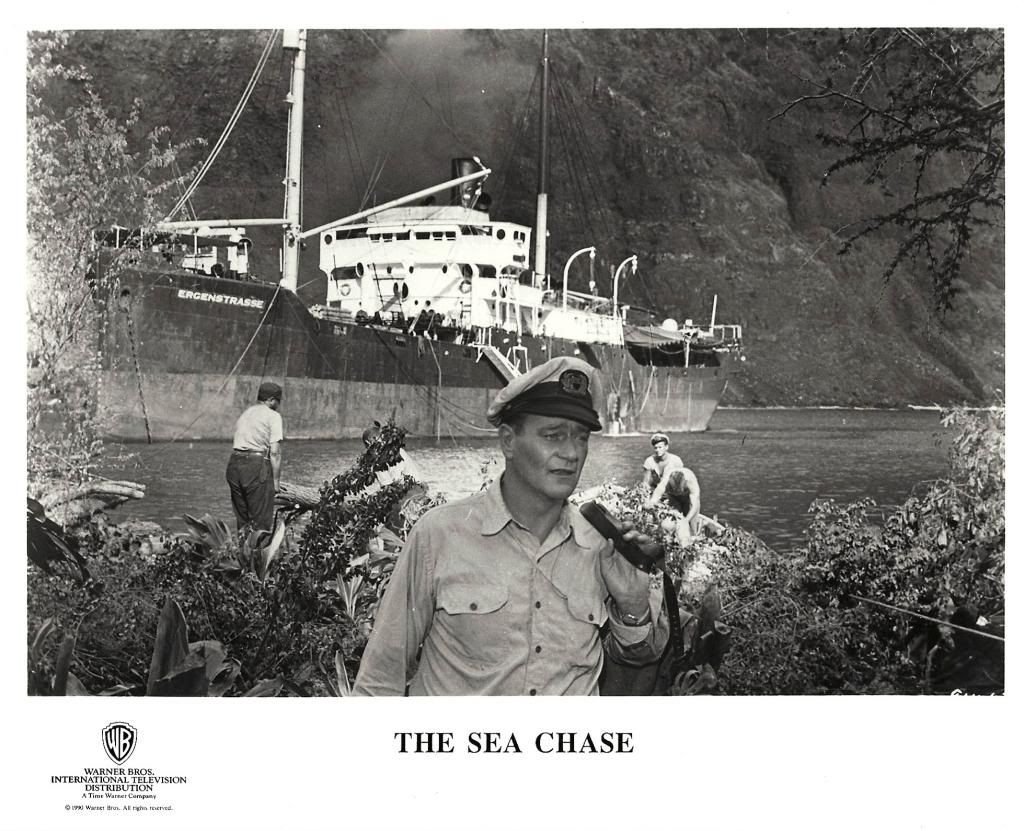
.jpg.b79fff291d622cde3b58a93c3004e1ca.jpg)
